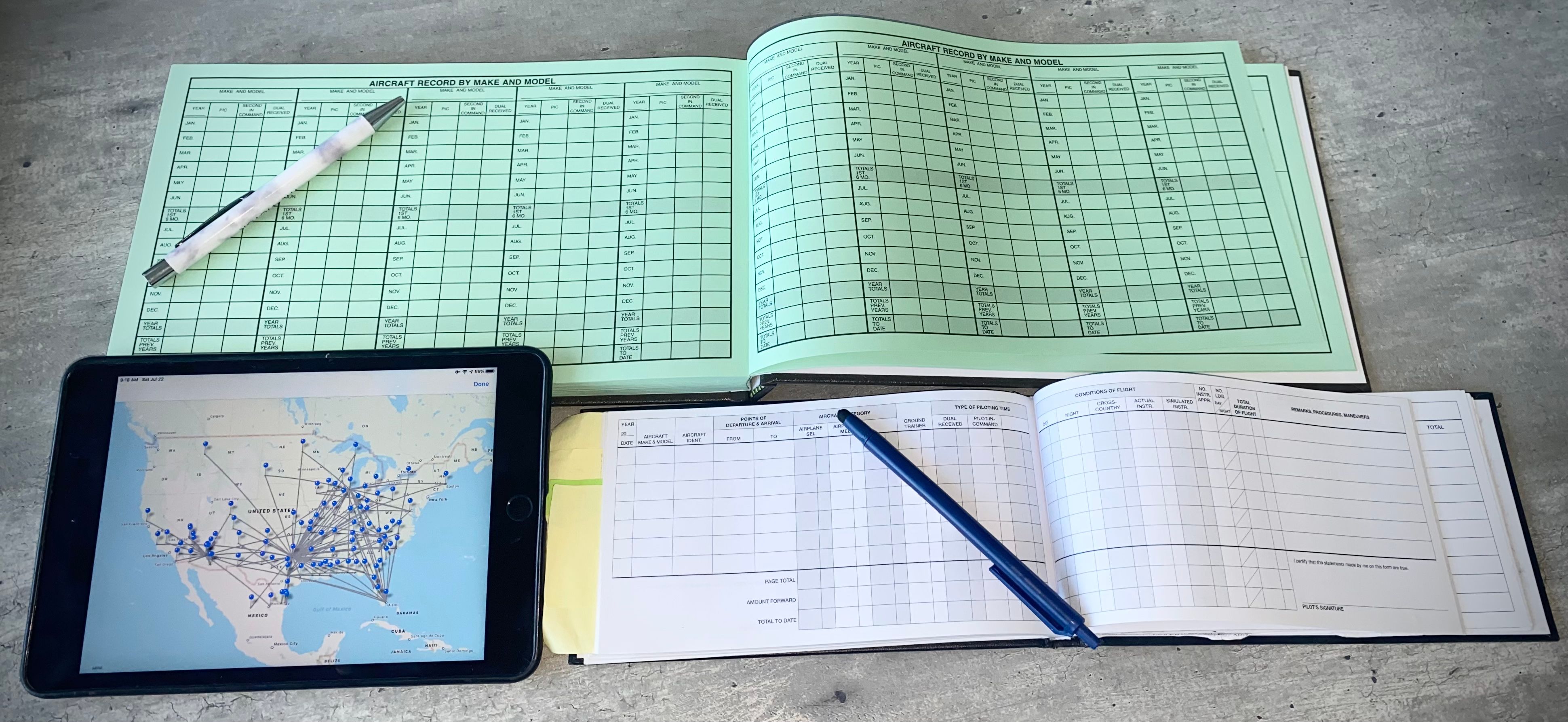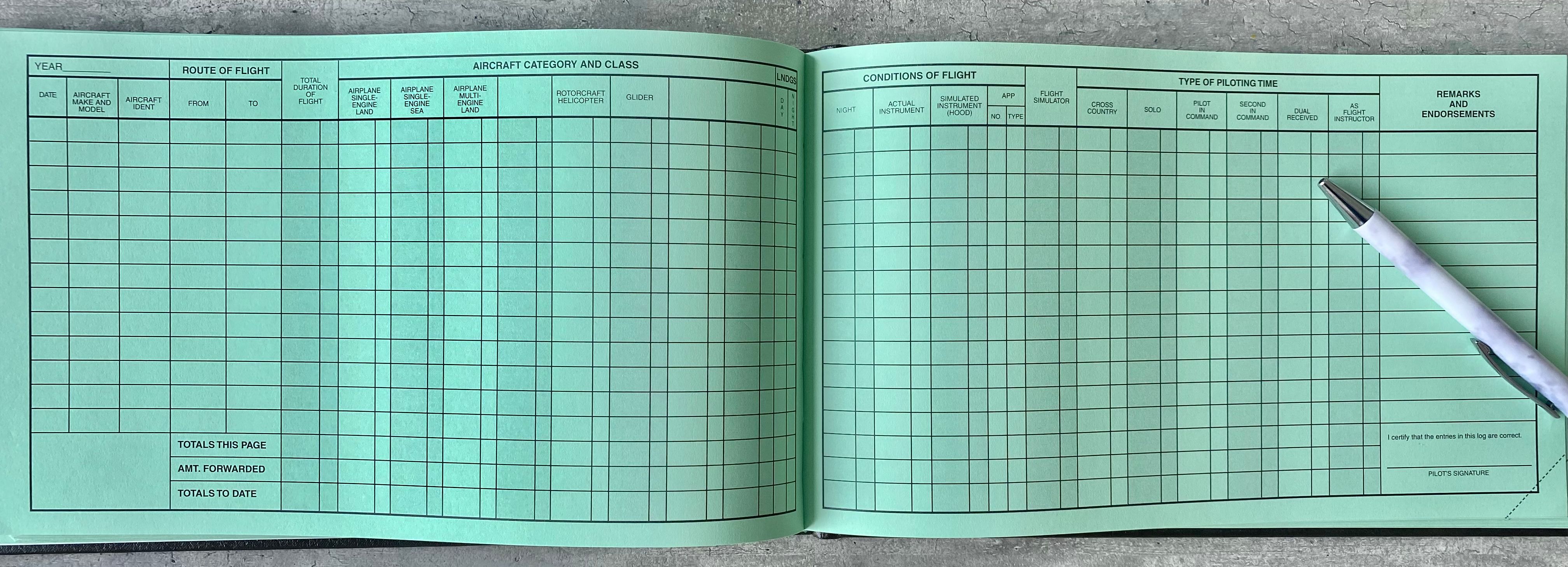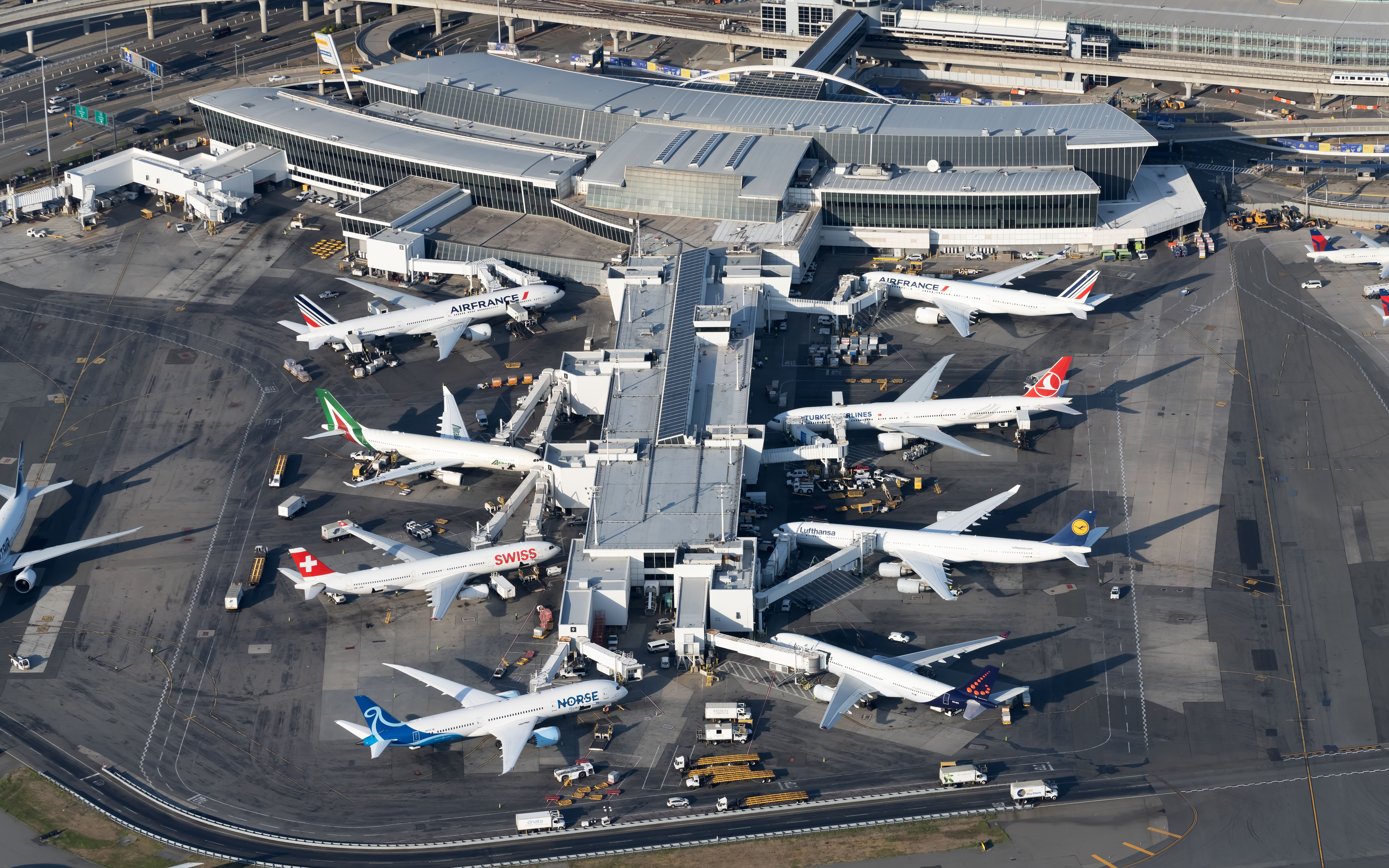Few documents are as important to pilots as logbooks. Save for their medical and flying certificates, a pilot's logbook is a living document that serves as a ledger for flights and hours flown. Let's discuss logbooks: What they look like, how they are used, and how they are evolving with technology.
Logbook basics
A pilot's logbook (or logbooks, after the first has been filled) is a living legal document. Particularly during initial flight training, students and instructors are meticulous about logging flight time properly. A logbook breaks down flight time in various ways, such as training received, solo time, instrument training, cross-country, and multiengine.
pilot's logbook must be perfectly filled out and meet the qualifying criteria for an examiner to commence a checkride. It's in this way that a logbook is a legal document. Each page needs to be signed by the pilot, and instructors sign every flight with their certificate number to validate the authenticity of the logged time.
Logbooks have various layouts depending on the manufacturer. Common among all logbooks are columns to log the aircraft's tail number, the date of the flight, the total time, and the number of takeoffs and landings. Other optional columns include what was mentioned above, as well as night flight time, instrument approaches, pilot in command or second in command time (PIC and SIC), and comments for the flight. Smaller logbooks feature about eight lines per page, while professional logbooks can have upwards of 15 lines per page.
Logging time
There are two standard practices for logging time: By hours and minutes or hours and decimals. It might seem more straightforward to log time by hours and minutes (such as 2:35), but using the decimal form (2.5 or 2.6) often makes more sense. General aviation planes keep track of time using a Hobbs meter that ticks over 0.1 every six minutes while the engine operates. For this reason, students log their time in decimal form during flight training. It's also a lot easier to total up decimals compared to minutes.
Many flight schools and airlines use digital tracking and logging to keep track of pilot flight time. Airline schedulers are particularly interested in ensuring that pilots do not exceed crew rest and duty time regulations. Planes automatically report flight times to a tracking system, allowing schedulers to track pilots' hours and avoid illegal flight assignments before they happen.
On the other end of the software, airline pilots can see their flight times through the airline's tracking system and can log flight times accurately through their company's IT infrastructure.
Most pilots keep at least two logbooks: One as a physical paper copy and the other in an online, cloud-based platform. Electronic logbooks track the same parameters that physical logbooks do. Electronic logbooks are less susceptible to loss or destruction than their paper counterparts. They also tend to be tidier and can generate reports specific to the pilot's needs.
Get the latest aviation news straight to your inbox: Sign up for our newsletters today.
Lifetime logging
Many professional pilots stop logging flight hours after being hired at their "forever" airline. Not only does the airline keep track of their hours, but they will likely not need an exact total of hours to display to an interviewer again. Logging flight time can be tedious, and many pilots don't see any benefit to logging time past their first few thousand hours.
Nonetheless, many airline pilots keep paper logbooks for their entire flying career. For these pilots, the pages of their logbooks remember where their owner has gone long after they have forgotten.



